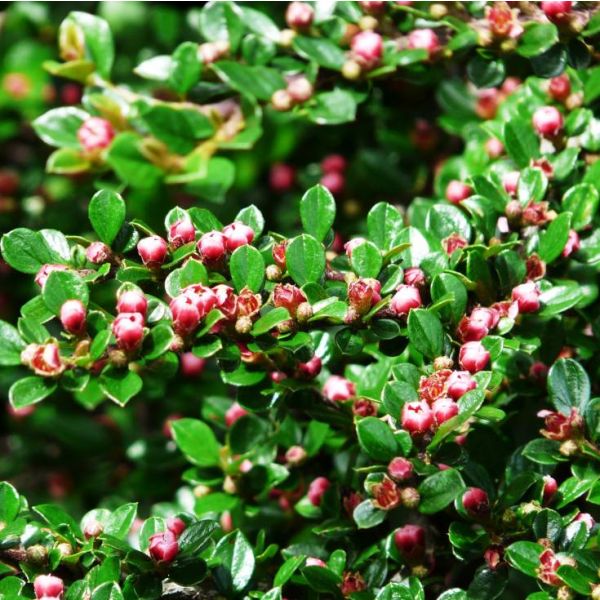Cotoneaster Horizontalis Seeds
Cotoneaster Horizontalis Seeds
Very easy to grow and is known for its ornamental virtues

Delivery
All orders shipped with UPS Express.
Always free shipping for orders over US $250.
All orders are shipped with a UPS tracking number.
Returns
Items returned within 14 days of their original shipment date in same as new condition will be eligible for a full refund or store credit.
Refunds will be charged back to the original form of payment used for purchase.
Customer is responsible for shipping charges when making returns and shipping/handling fees of original purchase is non-refundable.
All sale items are final purchases.
Help
Give us a shout if you have any other questions and/or concerns.
Email: [email protected]
Phone: +1 (23) 456 789
Availability: In stock
SKU
Cotoneaster Horizontalis
Cotoneaster Horizontalis deciduous to semi-evergreen procumbent shrub native to Western China (Sichuan and Gansu) and is famous as a garden shrub. The shrub is very easy to grow and is known for its ornamental virtues.
Cotoneaster Horizontalis is growing to 1 metre (3 ft 3 in) tall by 1.5 metres (4 ft 11 in) wide.
It has glossy leaves that turn orange and red in autumn. Cotoneaster Horizontalis is flowering in late spring with beautiful white or pink scented flowers. They are followed by red, purple or black berries that attract birds. Cotoneaster Horizontalis may become invasive. You will need to remove one or two unwanted seedlings every year. But, on balance, its self-sowing habit is definitely a virtue.
The fruits are poisonous to humans.
Needs full sun and well-drained soil; acid, alkaline or neutral soil; chalk, clay, sand or loam
Hardiness zone: 5-7
| Common name | Cotoneaster |
|---|---|
| Family | Rosaceae |
| Genus | Cotoneaster |
| Species | Cotoneaster horizontalis |
| Germination | Cotoneaster seeds have a deep dormancy within them, this requires a degree of patience to overcome and it is usually quite easy to get high levels of germination if the correct procedures are followed. 1 Prepare the cotoneaster seeds in early spring for summer germination. Rub each seed lightly with a nail file softening the hull. Store the seeds in a plastic bag filled with moist sand inside the refrigerator for three months to cold-stratify them. 2 Sow the cotoneaster seeds in 5-inch plastic pots filled with sterile loam. Sow two seeds in each pot to a depth of one-tenth inch. Sprinkling sand across the soil?s surface helps slow the evaporation rate. 3 Place the potted cotoneaster seeds on a propagation mat near a source of very bright light. Set the temperature on the propagation mat to 77 degrees Fahrenheit for nine hours each day. Adjust the temperature to 55 F for the remainder of the day. 4 Water the cotoneaster seeds as often as necessary maintaining moisture in the top one-half inch of soil at all times. Add the water very slowly when irrigating keeps from disturbing the seed. 5 Watch for germination in 25 days. Remove the weaker of the two cotoneaster seedlings from each pot if both germinate. Wait until the seedlings reach 1 inch in height before thinning. 6 Move the cotoneaster seedlings to a sheltered spot outdoors with limited exposure to strong, direct sunlight. Continue watering, but allow the soil?s surface to dry slightly between waterings. 7 Slowly acclimate the cotoneaster seedlings to strong sunlight in the course of one week until they withstand full sun for five hours without wilting. 8 Transplant the cotoneaster seedlings into a sunny bed at least 75 days before the first autumn frost. Space the seedlings 10 feet apart. Mulching heavily around them protects their developing roots. |
| Price View | Price Range |

